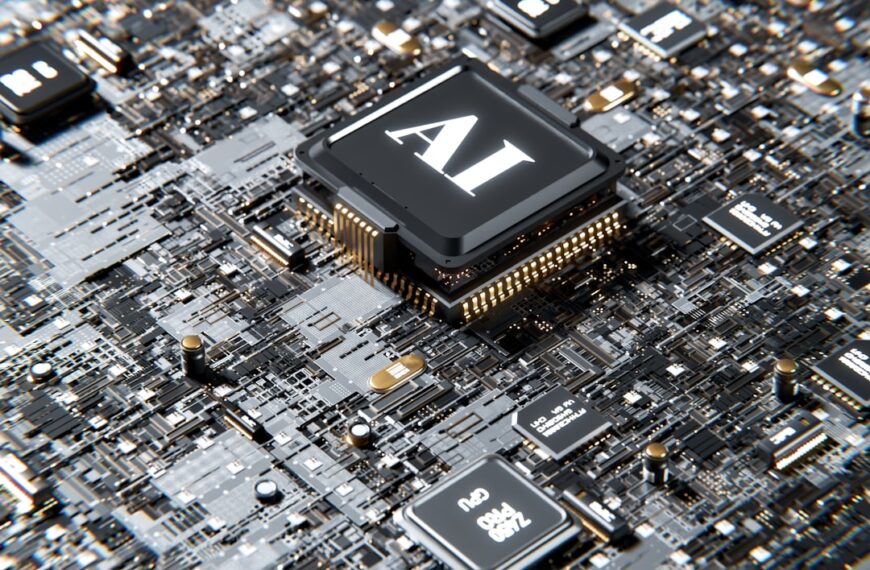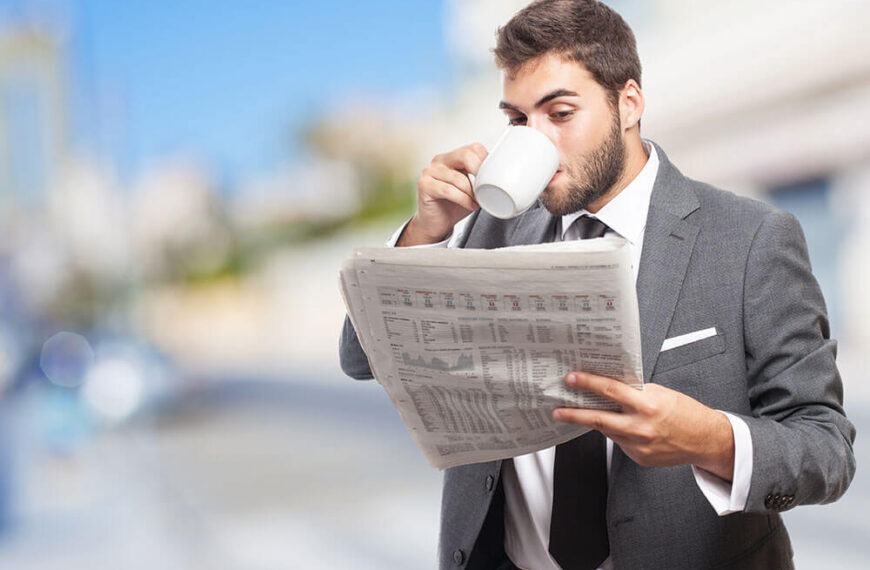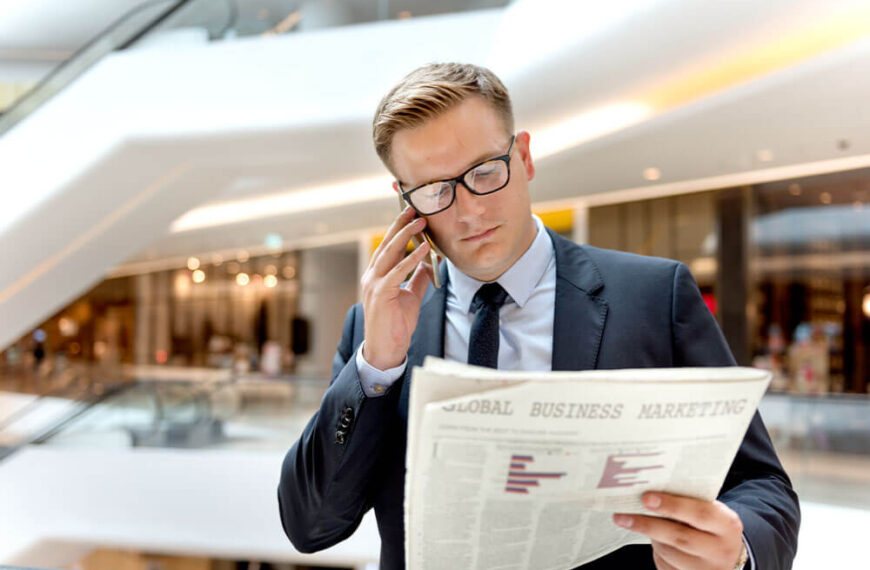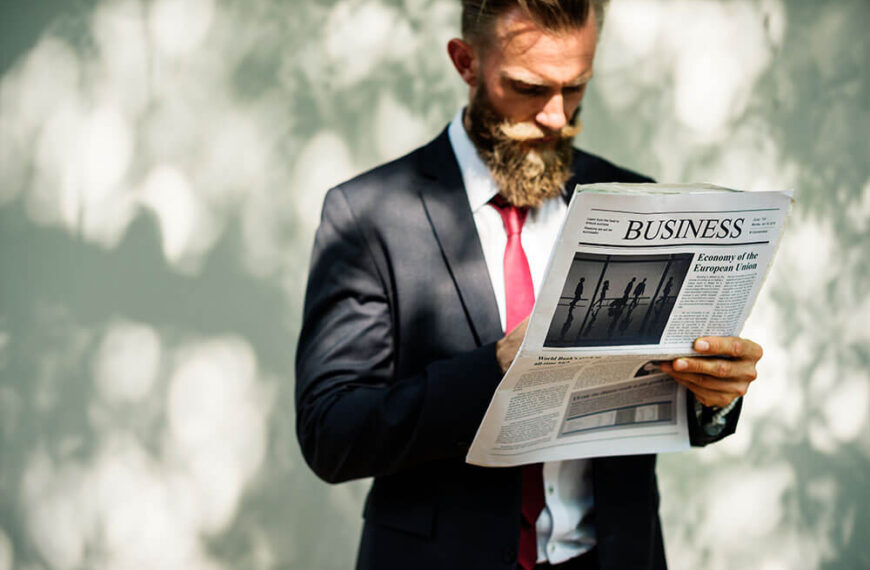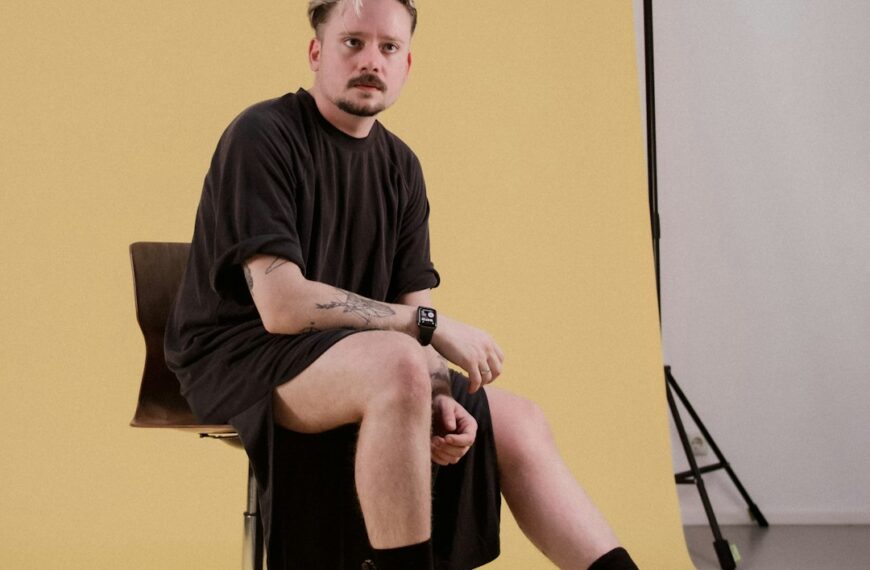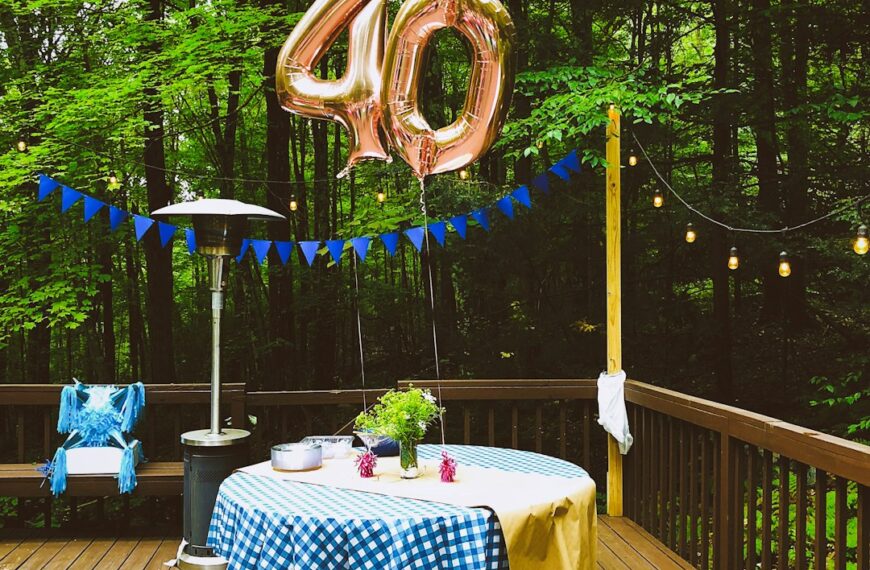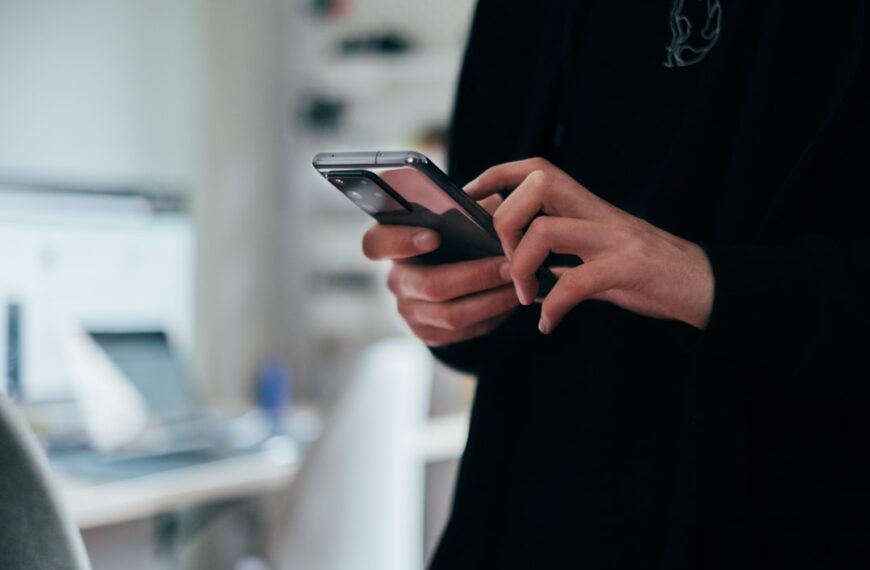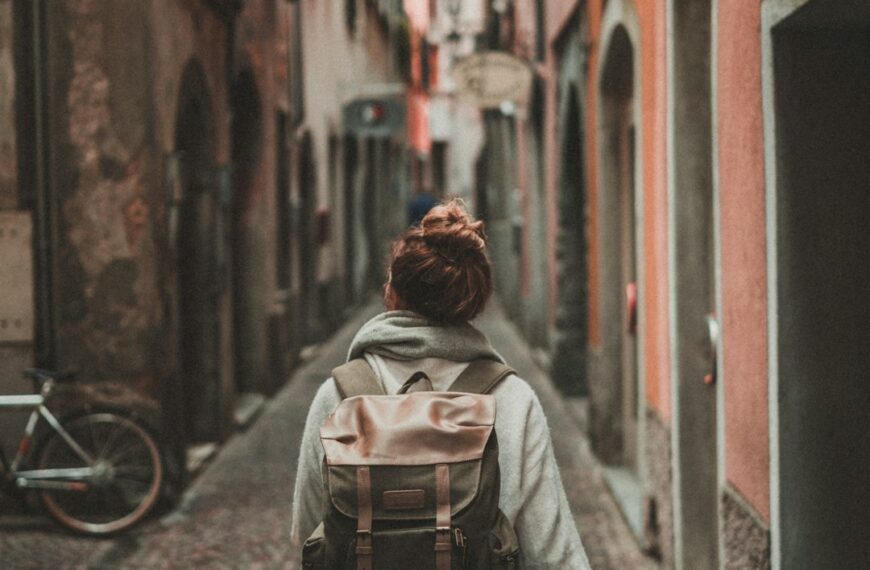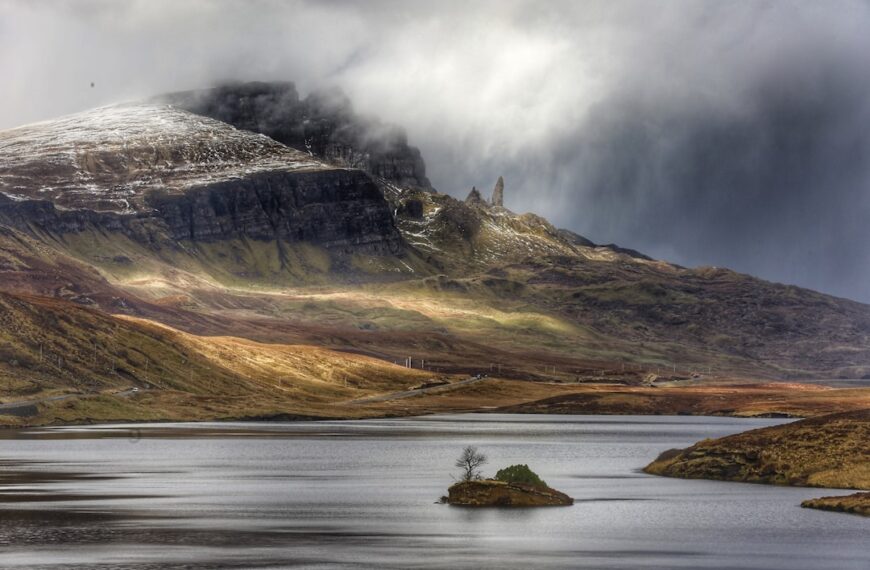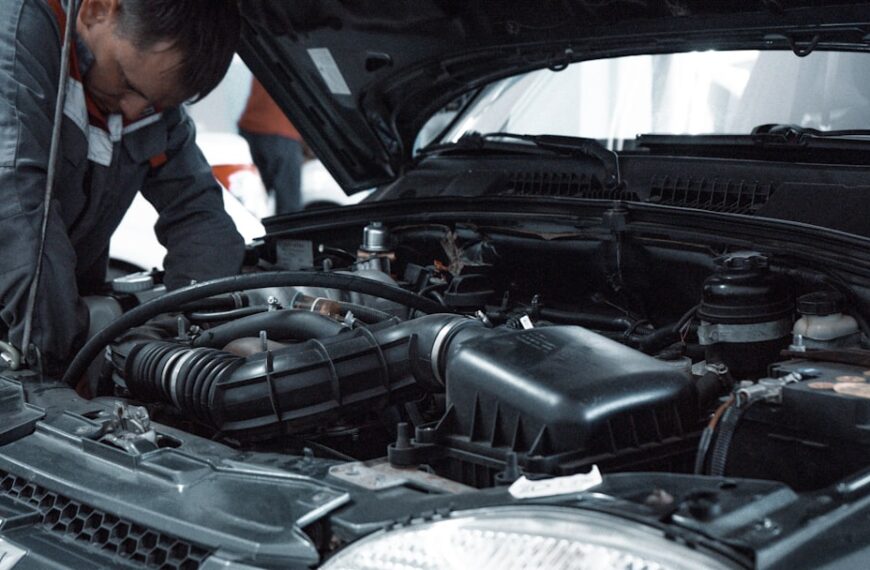The rise of artificial intelligence (AI) has sparked a revolution across numerous industries, and the creative arts are no exception. AI art generators, capable of producing stunning visuals, intricate music, and even compelling written works, are becoming increasingly sophisticated. However, this technological leap has introduced a thorny legal and ethical dilemma: copyright. Who owns the copyright to an artwork generated by an AI? The user who prompted the AI? The developers who created the AI itself? Or perhaps, nobody at all?
The current copyright framework, largely developed before the advent of sophisticated AI, is ill-equipped to handle these new complexities. Traditional copyright law hinges on the concept of human authorship – a creative work originating from the mind and skill of a human being. AI, however, doesn’t possess a mind or intentionality in the human sense. It operates based on algorithms and vast datasets of existing works, learning from and mimicking human creativity, but not truly originating it.
This leads to significant uncertainties surrounding liability. If an AI generates artwork that infringes on existing copyrights, who is held responsible? Is it the user who input the prompt, essentially directing the AI’s output? Or is it the developers, who are responsible for the underlying algorithms and training data? The lack of clear legal precedents makes it difficult to assign blame and pursue legal action in cases of copyright infringement.
Furthermore, the question of AI’s “ownership” of its creations is a philosophical one with significant legal ramifications. If an AI is capable of producing truly novel and original works, should it be granted some form of intellectual property rights? This concept challenges our fundamental understanding of authorship and ownership, potentially leading to a complete re-evaluation of copyright law.
The future of art in the age of AI is uncertain, but one thing is clear: the existing legal framework needs significant adaptation. Discussions are underway to develop new laws and regulations that address the unique challenges posed by AI-generated art. These discussions must involve artists, AI developers, legal experts, and policymakers to create a balanced framework that protects artists’ rights while encouraging innovation in the field of AI. Finding a solution that fosters both creativity and legal certainty will be crucial for the continued development and responsible use of AI in the creative arts. The conundrum is complex, but ignoring it will only exacerbate the problems as AI technology continues its rapid advancement. A proactive and collaborative approach is essential to navigate this new frontier and ensure a future where both human and AI creativity can flourish.

